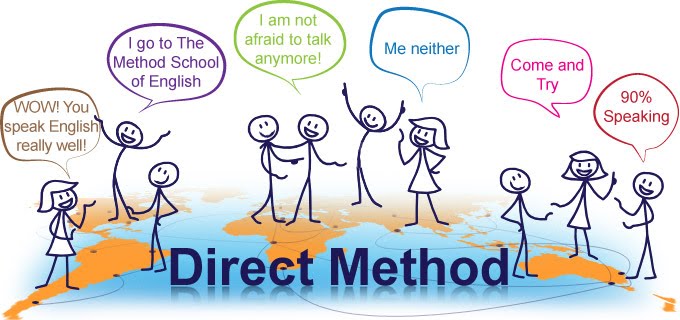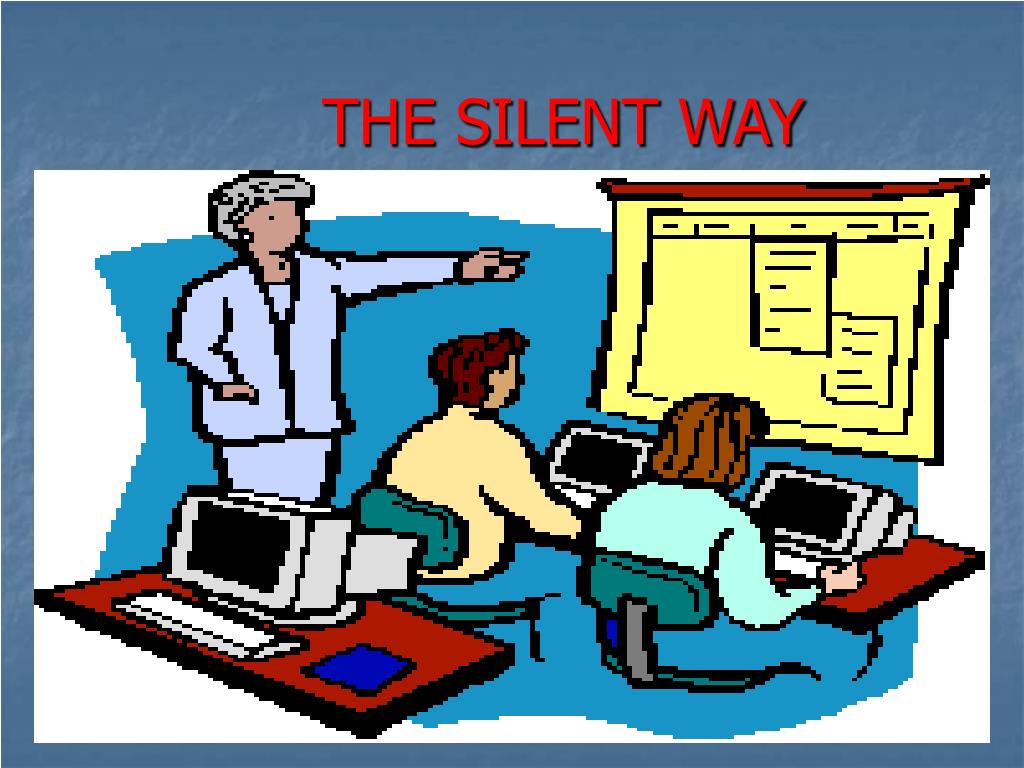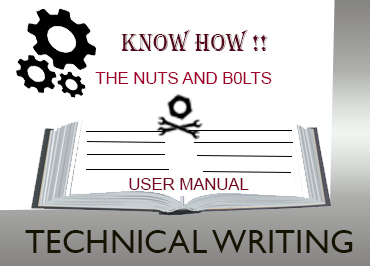English is the global language. Talking about numbers approximately 1.5 billion people around the globe speak English. Here, is yet an interesting fact amongst 1.5 billion who speak English there are only 400 million native English speakers. Now, that means the rest of the English speakers use English as their second language. Also, this means that English is being learnt by people on purpose. The purpose of this learning is that most of the literary material and entertainment happens in English as it is the global language. English teaching as a secondary language is quite a task. English speaking courses and English writing courses are widespread. There have been different methods of teaching English. This blog encompasses most of them with their key features.
Who should know about the different methods of teaching English?
If you are planning to learn English then you must know the methods. The reason behind knowing the methods beforehand is that you can make the best choice in taking up a course in English speaking or writing. There are various aspects of English. English teaching might differ according to the purpose you want it to serve. English speaking has a different English teaching method whereas English writing has another method. However, English reading and understanding require only a basic level of English teaching.
The teachers who teach English have to understand the adeptness of the students and accordingly make a choice of English teaching method. The combination of different methods of English teaching works generally the best. However, it is the responsibility of the teachers to understand the methods and make them feasible in the classroom setting. As it is there is no single method which can guarantee the successful learning of English reading, writing and speaking.
The preparation before English teaching and learning English
Learning a new language is daunting in general but things worsen if the methodology of teaching doesn’t go right with the students. Nevertheless, there are certain things that one must remember regardless of the different methods of teaching English. The students should be good listeners to learn. There is a need for regular drills in speaking English. Practising English in the classroom is the best way of learning English. Teachers must keep the classroom interactive to have the best results.
Let’s have a look at the different methods of English teaching.
1. Grammar translation method

This is one of the oldest methods. This method was originally used to teach Latin and Greek in ancient times. Since communication amongst the people did not happen in Latin and Greek the purpose of learning these languages was only to interpret the literary text available in the mentioned languages.
This method of English teaching is exactly what it states. It is literally nothing but learning the translation of the language from one to another while considering the grammatical aspects.
This method of English teaching hardly works on communication yet it improves the understanding and reading of English.
So grammar translation method can be used to teach reading of English texts and their interpretation. As the learner progresses they have to do an interpretation of English texts, so it is necessary to use this method at the beginning.
2. Direct method

Maximilian Berlitz invented this method in the 1900s as the previous method was failing to improve the spoken English of the learners. This method is more of a demonstration of the usage of English in day-to-day life. The direct method focuses more on pronunciation and phonetics than grammar.
The methodology is basically to encourage each and every learner to speak English while simultaneously working on phonetics and not the structure of sentences. The classroom has to be interactive and students must participate.
The drawback of this method is that creating an imaginary day-to-day life consequence is difficult in a classroom. 100% involvement of each and every student is not possible when the batch size of the students is large. The student needs to be enthusiastic.
The role of the teacher here is to facilitate the conversations in the classroom. However, this is the most enjoyable method if facilitated properly.
3. Audio-lingual method

The audio-lingual method is also known as the army method. The name army method is because it was basically developed for army men. Now the concept behind this method is not to learn a language but it is to generate a response to the language.
The methodology is having an intensive drill of sentences. Here the focus is not on the linguistic structure or grammar. There are drills to make sure that the pronunciation is correct and that students generate responses to the sentences.
This method is not useful for adults who are looking to communicate in English and understand it. However, this method is much more useful for children to develop their behaviour towards certain sentences and words. In the classroom setting, the teacher can easily adopt this method. The teacher has to make students listen to the sentences and then all of them together, that is, in chorus, repeat them to remember them correctly. Afterwards, the teacher can ask each of them to repeat and correct them individually.
This method is based on behavioural patterns and listening skills. This cannot alone be the foundation of the course. Audiolingualism along with other different methods of English teaching works good enough.
4. Cognitive code approach

The cognitive code approach is one of the different methods of teaching English. this method is unique in its own way. The teacher starts by explaining the grammar rules with the help of an example. Then the students practice these rules with the help of questions allotted to them.
Basically in this method, there is a focus on the grammar and structure of the sentences. This kind of approach is useful to explain certain concepts. However, this method is not applicable to understanding the language.
The vocabulary is enhanced by understanding the usage of the same word in different ways. An example of this would be the rule that the past verb ends with ‘ed’. This methodology helps in improving the Structure of the sentences and usage of the vocabulary. The only drawback is that the students have to remember the set of rules that are taught in the classroom and apply them as and when necessary.
5. The silent way

This method stands out amongst all the different methods of English teaching. As the name itself implies the teacher has to stay silent after explaining the process. The agenda here is more about learning English than teaching English. The teacher uses props, charts, cards and other such materials. The students should either explain the same in English or interpret the teacher’s expression toward the materials displayed by the teacher.
This approach involves students which makes them understand English thoroughly. This might not happen when the students are just reading English or learning grammar rules. Subsequently, without actually learning the linguistic structuring of the sentences, students generate their own structured sentences which might be then corrected by the teacher.
The approach helps in encouraging students to speak English in a classroom setting. Nevertheless, there are chances that in this process the pronunciation, phonetics and grammar get ignored.
6. Suggestopedia

Bulgarian psychotherapist, Dr Georgi Lozenoves invented this method of teaching a new language. This method has helped him improve the learning of students by 3 times. This method is again a learner-centred method just like the previous one. The approach of this method is not alike the different methods of teaching English. The heart of this concept is to remove students from negative emphasis and create a positive environment.
There are four stages in this process namely, presentation, active concert, passive concert and practice. The teacher plays music and the surroundings are made comfortable to calm students’ minds. All this helps in improving the retention power of the students.
During the practising stages, students are allowed to practice without any interruptions and corrections. The cognitive power of remembering the grammar rules is also improved during the first three stages leading to fewer errors while practising. This has worked for the folks who have anxiety about learning a new language. Initially, the students can use their native language but gradually it should reduce.
7. Community learning language

Community learning language is an exceptional approach to the different methods of teaching English. However, more or less the goals are similar to the previous one which is to lessen the anxiety of the students and address their feelings and reactions correctly. Practically here a small group of fellow learners sit together and one of them initiates the discussion while the rest of them continues it.
The role of the teacher is to counsel students and not correct them. This approach and the previous one were developed in the first place to remove the negative hindrances from the learner’s mind. Teachers should create an environment whereby students can express themselves freely.
Charles Curran a psychologist has developed this method. Here the teacher has to work as a counsellor and the students are a group of fellow community learners.
8. Natural Approach

The natural approach is a naturalistic way of developing a language. This approach views learning a second language as similar to learning the native language. The teacher gives comprehensive input. The grammar or structure of the message is not emphasized.
The students should be able to comprehend the message and communicate. The part that distinguishes the natural method from the different methods of teaching English is that it considers language’s primary purpose is to communicate.
The development of vocabulary is important. Once the vocabulary is developed the students can communicate with the help of the rules given by teachers as a comprehensive input. The students have sufficient time to remember and apply the rules taught.
The vocabulary of the students improves day by day just like that of a pupil, who learns the native language.
9. Total physical response.

As the name implies the aim is to achieve a physical response. This can be done mostly at the beginner’s level. The teacher says a phrase and demonstrates the action for the same. The students repeat the phrase and the action.
For example, the teacher says “look at the blackboard” and then the teacher looks at the blackboard.
Students then repeat the phrase and the action. So the next time they hear the phrase, students give a physical response. Now, this helps students to remember the vocabulary of the verbs by visual cues as well as by practical performance. This method has limited application but it is a powerful method.
However, this can be used in intermediate and advanced levels to make students understand the advanced vocabulary of verbs like stir, stroll, and tiptoe. This is basically a pattern to teach toddlers day-to-day actions. If the application of the method is successful, the retention of the vocabulary happens. The role of a teacher is like a parent who demonstrates by doing and not just saying. This is a fun way of learning a new language and remembering it.
10. Content-based approach

This is a popular approach to English teaching in the Indian education system. Wherein the chapters in the English textbook revolve around a story, anecdotes, life lessons and poems, students are then taught about the content in the chapter. The intention of doing so is to make them learn the secondary language by the means of interesting content.
This has two benefits in one the students learn about the subject matter to which the content is dedicated as well as they learn the secondary language, English. To do this efficiently the students of the same interest are combined together and then they are taught content related to their interests. Meanwhile, the teacher can also drive students’ attention toward the structure of sentences and grammar in the content.
Although such an approach is not common in English speaking and English writing courses its efficiency is proven. Most of the students learning in the English medium school follow this method.
11. Task-based learning

There are many different methods of teaching English but the one that are we going to discuss is the most active form of teaching English. there are four steps in this process namely, pre-task, planning, task, reporting and analysis. In the pre-task, the teacher assigns a task to the students in groups or pairs it could be anything such as planning an itinerary, preparing evening snacks, or preparing a report on the recent visit. The students then discuss in groups and pairs for the preparation of the task.
Once the students perform the task they prepare a report and present it in front of the class. Then the teacher analyzes their information and identifies the significant language areas that need correction. A discussion on the concerned language
areas occurs in the classroom. This kind of approach to English teaching is suitable for adults generally.
12. Participatory approach

This approach to English teaching is alike the former two approaches or you can say a combination of both of them. However, the process is different here instead of assigning a task to the group they are given a problem to solve. The teacher asks them to go through the content on the internet, books and podcasts related to the problems. Once there is a list of solutions available with them, brainstorming happens on their pros and cons.
Then they report the solution in front of the class. Once the students have learned all the rules and language in a fair manner, the teacher should take this approach. Thus, this gives the best practice of the language. It gives an opportunity to the students to practice the language on day to day basis.
13. Communicative language teaching

By now you must have understood that the name of the approaches is similar yet they all are different methods of teaching English and so is this method. In communicative language learning the teacher asks the students about their opinions on certain concepts presented to them by their teacher as well as they are asked to comment on each other’s opinions. This is a sort of group discussion in which a community of students dwell and think over a topic and express their views on the same.
This makes the classroom interactive and interesting. This can be used for practice purposes after completion of the course. The teacher’s role is to encourage students for participating in such conversations in the classroom and correct them as and when required.
14. Web-based

There are various online courses available where a student can learn. There are interactive live classes from reputed institutes like Henry Harvin, Udemy, Alison courses, and Coursera. Students can submit their assignments and assessments online. After completion of the course, they give students a certificate of completion.
In fact, there are various courses in which project is assigned to the students to assess whether they are eligible for the certification. After the pandemic, the prevalence of these courses has increased. The benefit of these courses is that you get the expertise of native speakers at your comfort and at flexible timing.
15. Through games

This method of teaching can be used for English teaching to toddlers. Games motivate the kids and encourage them to learn. Instead of usual boring learning patterns, games make learning fun.
The new age devices have innovative games which make the students keep coming back to the classes. Teachers can use video, cards and other audio-visual mediums to make learning interesting. There are certain games which can be used for assessment of the learnings.
This approach is quite common in kindergartens and playschool.
16. Reading

The habit of reading as a hobby develops vocabulary and passively helps the mind to structure sentences. This method requires time. However, it depends on the quality of the content you read and the frequency of reading.
Everyday reading for 30 minutes helps in developing an understanding of the language. Nevertheless, this does not help in improvement of spoken English.
Summary
The application of one single method/ approach cannot completely cover the whole essence of English. It is recommended to use the Principle of Eclecticism, which is the use of a combination of different methods of English teaching as per the requirement of the students and the feasibility of application of the approaches. Teaching a new language seems to be difficult but the application of the discussed approaches makes the goals achievable.
The teachers have to take up various roles while bringing the above approaches into practice. They have to be a facilitator, counsellor, manager and advisor while teaching a new language. The anxiety within the students about learning a new language has to be tamed before starting with it. The teachers play an important role here.
How this blog helps in choosing amongst different method of teaching English?
Before starting any English-speaking or writing course, the students can use this blog as a guide to know what to look for in the syllabus of the course. There have to be multiple approaches in the course so that it is efficient. The best example of such a kind of the course is English writing and English speaking course by Henry Harvin. It has instructor-led live classes which make the course interactive.
There should be a regular practice of the language on daily basis to retain everything. Daily drill and practice is the only way to attain fluency in English.
Recommended Reads
- Top 10 TEFL Certification in India: 2022 ( Leaked)
- Top 20 Creative Writing Courses in India: 2022 (Exposed)
FAQs
There is no such single approach but the combination of different approaches that helps.
A course that contains a combination of all the approaches.
Absolutely, yes there are many courses available online that help you learn better.
No, a teacher plays a significant role in English teaching. Different methods of English teaching cannot be applied by the learner himself efficiently.
Surely, if a learner learns English and attains a professional proficiency then the fluency is comparable to the native speaker






Recent Comments